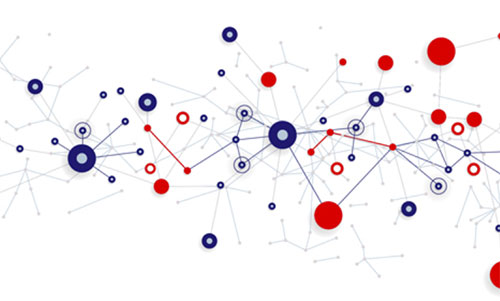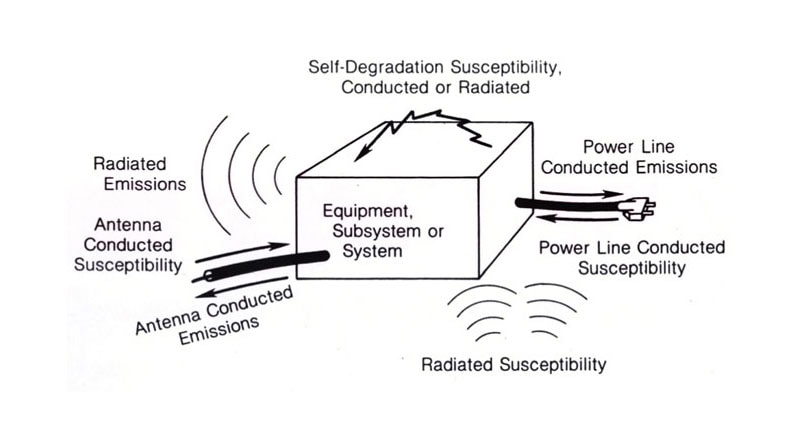The Bull Market in Quantum Computer Hype
A well-known TV personality who hosts a show on stocks and investments is fond of claiming, “There's always a bull market somewhere,” meaning it's always possible to find an area that's attracting a lot of investor interest. Given that the U.S. stock market recently finished its worst year since 2008, you might think that particular adage has been disproven. But I'd submit one area you can find a bull market these days is the hype surrounding quantum computing.

The event that seems to have stimulated the quantum computing hype was the winning of the 2022 Nobel Prize in Physics by French physicist Alain Aspect, Austria's Anton Zeilinger, and American John Clauser for their work in entangled quantum particles. Entangled quantum particles are at the heart of quantum computing.
It's thought that, once the bugs are worked out, quantum computers could open new frontiers in mathematics and revolutionize the development of industrial chemicals and drugs. But it is the darker side of quantum computing that seems to have excited the imagination of pundits: The fear is that quantum computers could crack every encryption protocol now in use, thus wreaking all sorts of havoc. Cryptographic keys protect most online communications, including financial transactions and popular text-messaging apps. A practical quantum computer could presumably crack these keys in less than a day. The CEO of a prominent cybersecurity company recently reported that criminals and other actors with bad intent are already carrying out “store now-decrypt later” attacks, stealing data now for future decryption with as-yet-to-be-built quantum computers.
The Dept. of Homeland Security claims this sort of decrypting might be feasible by 2030. That's a conundrum for entities having a lot of encrypted proprietary data—military, government intelligence, and financial institutions are probably nervous about quantum computing. Small wonder that NIST has launched something called a National Cybersecurity Center of Excellence. Its goal is to develop post-quantum cryptography that quantum computers can't crack.
Before we hyperventilate about the perils of quantum computing seven years from now, it might be useful to review where the technology is today. A researcher at Keio University in Tokyo has been quoted as saying that quantum computing is now at a stage somewhat akin to what classical computing went through in the late 1980s. But I'd submit that's being generous. Whereas computers were sold in stores to the public in the late 1980s, quantum computers today only exist in laboratories and must be operated by teams of researchers. And today, quantum computers are both computationally small—the biggest is the IBM Osprey with 433 qubits—and “noisy,” meaning they fail at almost every task.
Consider a quantum computer called Sycamore being developed by Google. It currently has a 54-qubit processor and must sit in a six-foot-tall cylinder of liquid nitrogen for at least a day before the superconductive components it depends on become stable enough to use. Reports are that one achievement by Sycamore is the ability to count up to four. And the Sycamore processor reportedly makes an error every thousand steps or so on average.
Of course, useful work on a quantum computer requires far more than a thousand steps. The algorithms quantum computers run consist essentially of matrix vector multiplications. To obtain meaningful results, a program must run tens of thousands of times, after which signal-processing techniques sift the results from a mountain of data.
Fault tolerance is a big issue with quantum computers because present-day quantum machines make so many of them. You might think the situation could be improved by inspecting the state of the qubits while the processor runs. The problem: Measuring a qubit causes the calculation to deteriorate. And it isn't just measurements by conscious observers that cause problems; there are any number of interactions with the environment that garble outcomes in the same way.
Some researchers think we might see the first fully fault-tolerant qubit in a year or so. Still, the computers able to harbor fault-tolerant qubits are, for the foreseeable future, likely to be massive. For example, Google has plans for a quantum computer that will sit in a freezer the size of a one-car garage.
These factors bring to mind the words of my first engineering supervisor. He was fond of telling the overly optimistic young engineers on his staff, “You've got problems you don't even know you've got yet,” when it came to their first significant design project.
That observation may also be true of quantum computers that sound more like research efforts than like predecessors to whiz-bang crypto-crackers. We may eventually see quantum computers exhibit the kind of super-decryptive abilities that worry the Dept. of Homeland Security. But my old supervisor might pooh-pooh the seven-year time frame the same way he dismissed the exuberance of his still wet-behind-the-ears engineers.

Have questions or comments? Continue the conversation on TechForum, DigiKey's online community and technical resource.
Visit TechForum








